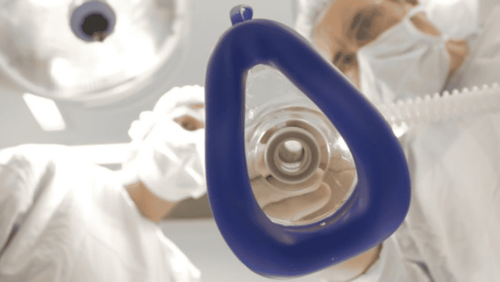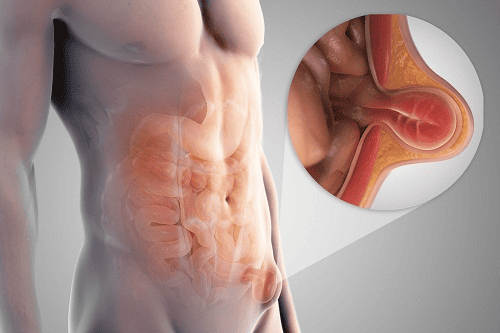This is an automatically translated article.
The article was written by Specialist Doctor II Nguyen Trung Thanh - Anesthesiologist and Anesthesiologist, Department of Surgical Anesthesia - Vinmec Central Park International General Hospital.To be able to achieve good results when practicing ERAS requires the participation of many different specialties such as: Internal medicine, surgery, cardiology, respiratory, nutrition, rehabilitation and most importantly, lifting the role and function of anesthesia resuscitation.
1. What is ERAS?
ERAS (Enhanced Recovery After Surgery) is an early recovery care program that includes plans to help care for patients before, during, and after surgery. As a result, patients can maintain the function of organs before surgery and reduce the response to stress, inflammation, increase immunity after surgery to achieve the goals of improving treatment quality, reducing costs and reducing morbidity and mortality. complications in humans. Patients will be optimized nutrition before surgery, applying the standard anesthetic - analgesia regimen, limiting the use of opiate pain relievers (opioids).2. The role of postoperative pain treatment in ERAS . practice
Opium is considered the most powerful systemic pain reliever available today. Thus, the abuse of prescription drugs (opioids) or opiate derivatives is widespread and has been likened to an epidemic. Long-term opiate use often begins with prescribing morphine to patients after surgery for the purpose of acute pain relief. Even short bursts of morphine prescriptions can have long-term consequences and increase the risk of subsequent abuse.Research in the US shows that patients with a high need for opioids during inpatient treatment also often use more after discharge from the hospital. As a result, clinicians in hospitals as well as in health systems are working together to find solutions, especially alternatives to opiates for postoperative pain management.

ERAS is a multidisciplinary, evidence-based approach to optimizing perioperative care, including pre, intraoperative, and postoperative care. One of the key criteria of ERAS is a significant reduction in opiate use in surgical patients.
Pain management with multimodal analgesia is an essential component of ERAS. Unlike traditional regimens that focus on opiates, ERAS multimodal analgesia focuses on the use of two or more drugs or techniques for minimizing or no opiate use after surgery.
This new approach improved pain scores, reduced opiate use, and reduced associated side effects including nausea, vomiting, pruritus, sedation, respiratory depression, intestinal obstruction, urinary retention, and addiction. and drug laws.
Non-opioid multimodal comprehensive pain management models often include a combination of peripheral or central nerve anesthesia with non-opioid analgesics such as nonsteroidal anti-inflammatory drugs, cyclooxygenase inhibitors- 2, gabapentin/pregabalin, ketamine, lidocaine, steroid, alpha-2 agonist.
By increasing the number of non-opioid pain management modalities especially peripheral nerve anaesthesia, pain control is more effective and the side effects associated with this drug are avoided.
A study by Memtsoudis et al. reported that a combination of a nonsteroidal anti-inflammatory drug and a cyclooxygenase-2 inhibitor was sufficient to achieve analgesia for most surgeries, reducing the need for medication. perioperative opium and reduced overall complication rates.
Practicing ERAS with multimodal pain management can be a safe and effective strategy to improve pain control while minimizing opiate use and drug-induced addiction and side effects opium as described earlier.

Thus, the application of the program to enhance postoperative recovery - ERAS can improve outcomes and increase patient safety in the perioperative period and ERAS is increasingly used in the age of care based on evidence-based medicine.
With the right resources along with the right medication and equipment support, ERAS care significantly reduces opiate use, complications, and patient length of stay (30% reduction) care time and up to 50% reduction in postoperative complications).
Therefore, we need to carefully consider the implementation of ERAS in many different surgical specialties to bring good results to patients undergoing surgery.
At Vinmec, ERAS implementation is coordinated by many faculties/departments: Anesthesiology, Nutrition, Rehabilitation, Clinical Pharmacy, Surgery and Nursing care with many personnel.
Please dial HOTLINE for more information or register for an appointment HERE. Download MyVinmec app to make appointments faster and to manage your bookings easily.














